
Cranach’s Weimar Altarpiece
The repetition of related themes throughout the painting artfully supports Christ as the central figure to whom all history had been pointing.

The repetition of related themes throughout the painting artfully supports Christ as the central figure to whom all history had been pointing.
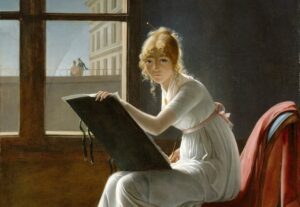
One of the first and most important axioms in drawing class is “draw what you see, not what you think you see!”

Raphael employed “all his skill to demonstrate the power and the worth of his art in the face of Christ, for after Raphael finished this painting, which was the last thing he undertook”
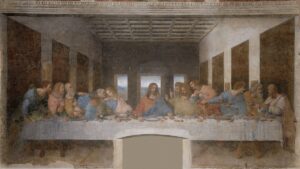
It may seem odd at first, but the life of Leonardo da Vinci provides some interesting insights on the nature of learning.
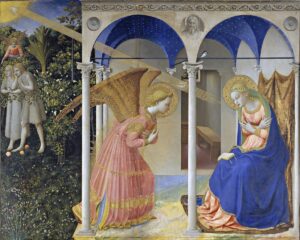
As Christians, we meditate on what is lovely, and we seek to look on the beauty of the Lord. Therefore, we occupy ourselves with objectively beautiful things.
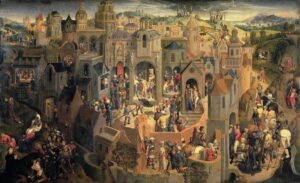
Paintings like Memling’s Scenes from the Passion of Christ are wonderful tools for teaching.
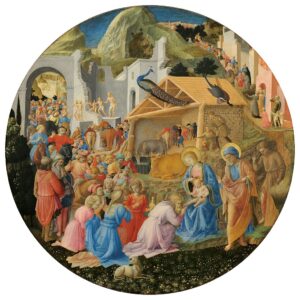
Angelico was influenced by both medieval and Renaissance style, and especially by his Christian faith. Angelico would only paint religious themes, and his deep piety and love for Christ flowed into his work.
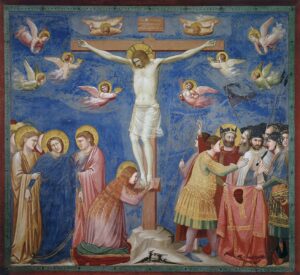
Giotto uses the stirring power of artwork rightly: to move emotion toward its proper, God-given end of piety and love.
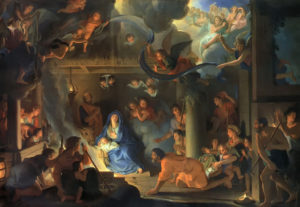
When it comes to beautiful things, like poetry or paintings or sunsets, to argue about usefulness is to argue on the wrong grounds entirely.